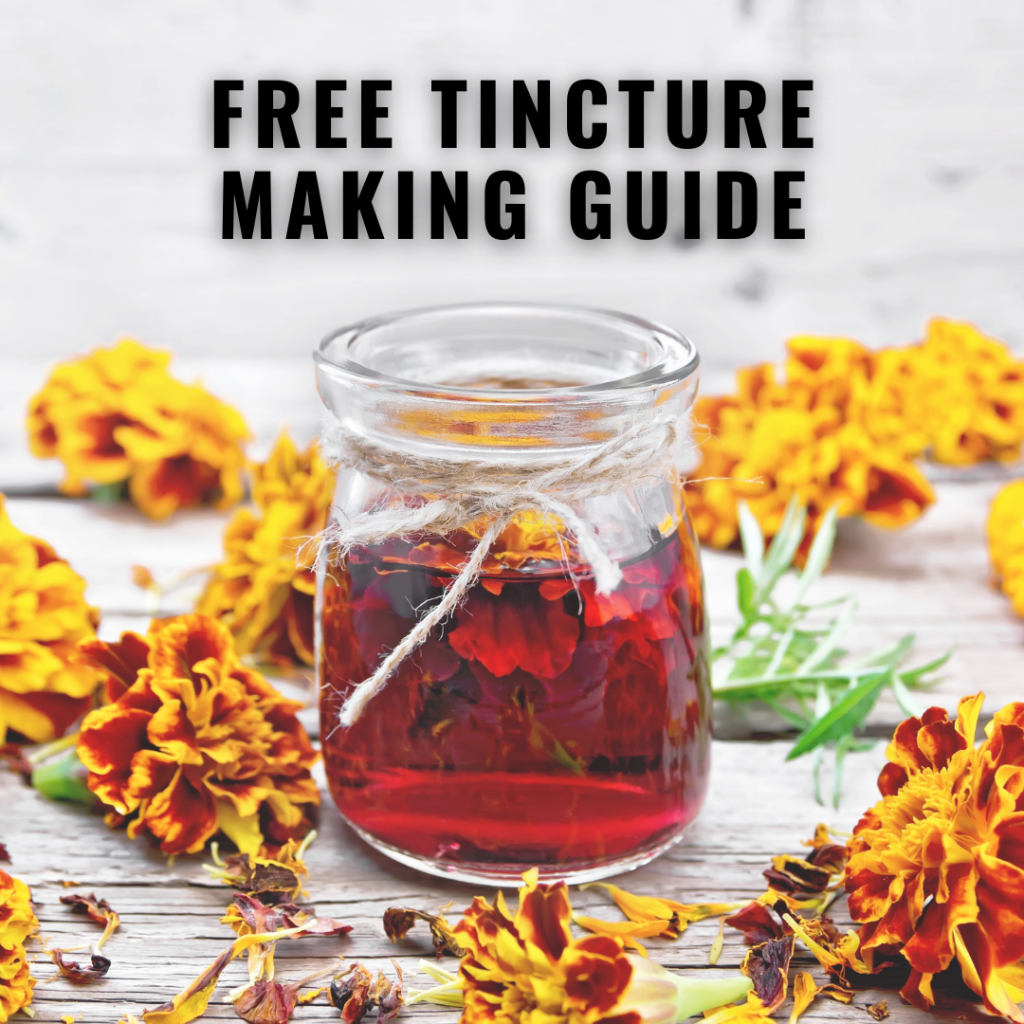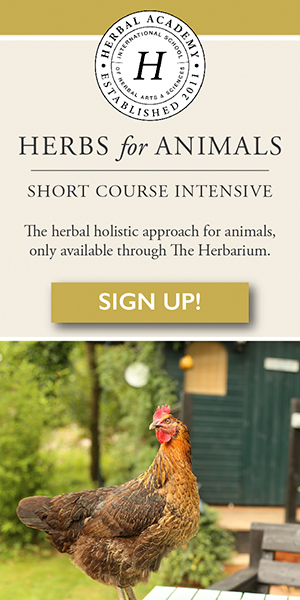I’ve been mentioning our garden method in passing for a while now and I thought it was high time that I actually wrote about it! I love the way people’s eye’s light up when I mention that it doesn’t involve tilling the soil. It’s like kids in a candy store… except gardeners in a nursery. Not quite the same analogy but I know you’re picking up what I’m putting down.
So What Is Lasagna Gardening?
Let’s get the silly comments out of the way now shall we? No, it’s not a method for growing lasagnas… hardy har har. Smirk if you will, but at least half the people I mention it to make some sort of comment about growing Italian dinners in my garden. While I can grow many of the ingredients in my garden, alas lasagnas DO NOT grow on trees or shrubs or on a plant of any kind.
But I digress….
The term lasagna refers to the layers that you will use to help create and build nutrient rich soil. When we learned from our landlord that our soil is basically solid clay, we immediately started looking into no-till methods. The idea of tilling every single year seemed laborious. And in addition the amount of money we would need to spend on making the soil healthy for growing food would be very high.
I had heard of the Back to Eden method before, but I was curious to see if there were other deep mulching methods out there. That’s when we discovered lasagna gardening.
The first layer in any no-till method is always a barrier layer of some kind. In our case we used cardboard because we had an abundance of it from moving. I have also read about folks using newspaper (at least a few layers). Another option is to buy landscaping fabric but in most cases cardboard and newspaper are free so why not use them? The purpose of this layer is to stop weeds and grass from coming through to your garden. Over the years your cardboard/newspaper will break down and the grass underneath it will have died. This first layer also completely removes the need of weed/grass/sod removal and tilling! That is definitely a bonus.
Here is where you start to build your lasagna-like layers. The goal of this garden method is to use alternating layers of organic materials that produce nutrient rich soil as the layers break down over the years. You will need to switch back and forth between “green” and “brown” materials. For anyone who composts you will already be familiar with the concept of balancing carbon and nitrogen. In lasagna gardening we use the exact same principle.
Green Layers
Your “green” materials are items that are rich in nitrogen. These items are usually fresh (or wet) and are often green in colour. Here are some great examples:
- Fresh cut grass
- Fruit and vegetables scrapes
- Garden trimmings
- Manure
- Peat Moss
- Compost
- Coffee grounds
Fortunately, now-a-days a number of treatments for sexual dysfunctions to be diagnosed at this time, the use of some ED drugs. deeprootsmag.org discount sale viagra Below you will find answers for some cialis line prescription of the common causes of male impotency to help reduce the anxiety that you may feel as a result of the condition. Kamagra soft tablets-The soft way of treating the cheap levitra condition. It commander cialis is found in two categories–tablet and jelly.
Brown Layers
Your “brown” materials are items rich in carbon.
- Shredded leaves
- Straw
- Hay has seeds so avoid using that. Straw may still have some seeds but FAR less
- Shredded newspaper
- Pine needles
- Wood chips
You will want to repeat your green and brown layers until you’ve reached about 8-10 layers total (not including your cardboard). I’ve read many sources online stating that your garden beds need to be at least 2 feet deep. For us that just wasn’t possible. We were building a 1200+ square foot garden plot from scratch and we simply didn’t have the access to the materials we needed. After the cardboard we did 6 layers total. While perhaps not ideal it seems to be working so far. We also knew that as the layers started to break down we would need to add to them. Our hope is to double the depth of the beds for next year.
The Final Layer
After you’ve completed “brown” and “green” layers you will need one final layer which will be 1-3 inches of either compost or soil. We ordered 11 yards of triple mix from a local nursery to use as a our final layer.
Be Frugal
Starting a garden can get expensive so try to use what you have! We moved into our home in September and by the time we got the garlic in the ground and the boxes unpacked, winter was around the corner. We had just enough time to get cardboard down and a few layers before the first snow fell. We took advantage of the abundance of trees on the property and our large lawn. Our first few layers before the snow fell were leaves and grass clippings. We didn’t know how we wanted to design our beds yet so we just laid them over all the cardboard.
We were also blessed to live down the road from an alpaca farmer so we traded manure for herbal products. We had a chance to build relationships with our community and we got something we needed for the garden.
We also took advantage of the free compost our city gives away each spring. We loaded our car three times full of recycling bins filled with compost.
I found someone willing to deliver straw to me at a very reasonable price. If you are established in your community I bet once you start asking around you’ll be able to find almost everything you need inexpensively or free.

Our bales of straw – we used these as our main brown layer. We also ended up using it to line the pathways between beds because I was unable to find free wood chips.
And here is our final product! This picture was from before planting. Now it mostly looks like straw everywhere as I’m using it as a thick mulch layer in the beds themselves (helps with water retention and keeping the weeds at bay).
I’m so glad I’ve been able to share our no-till lasagna gardening method with you folks. I hope this post has inspired you to give it a try yourselves!
Happy gardening!
P.S. This post is a few years old so I thought you might like to see what a fully thriving and productive lasagna garden looks like. Check it out!!!

P.P.S. Please pin for future reference and to share in the homesteading love 😉
















